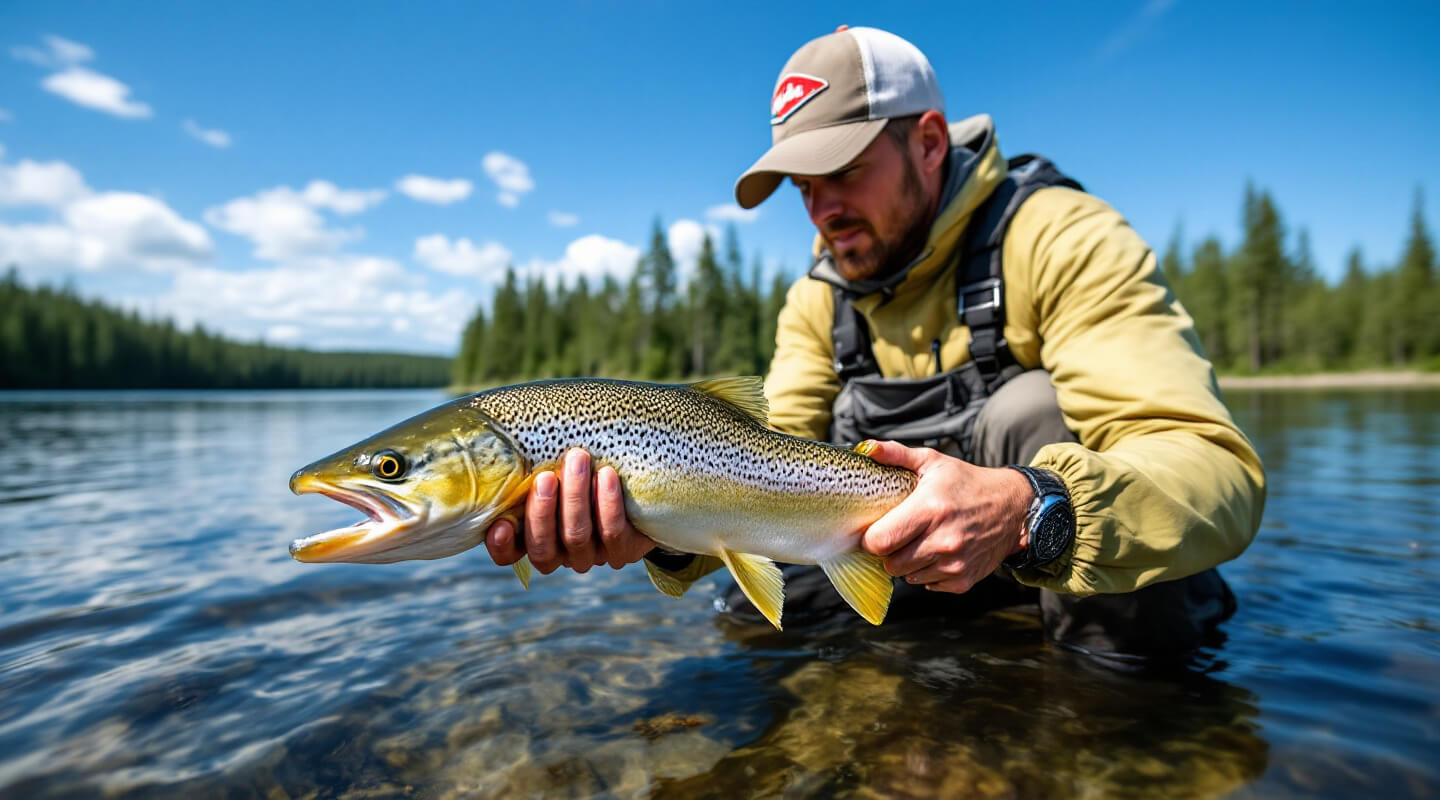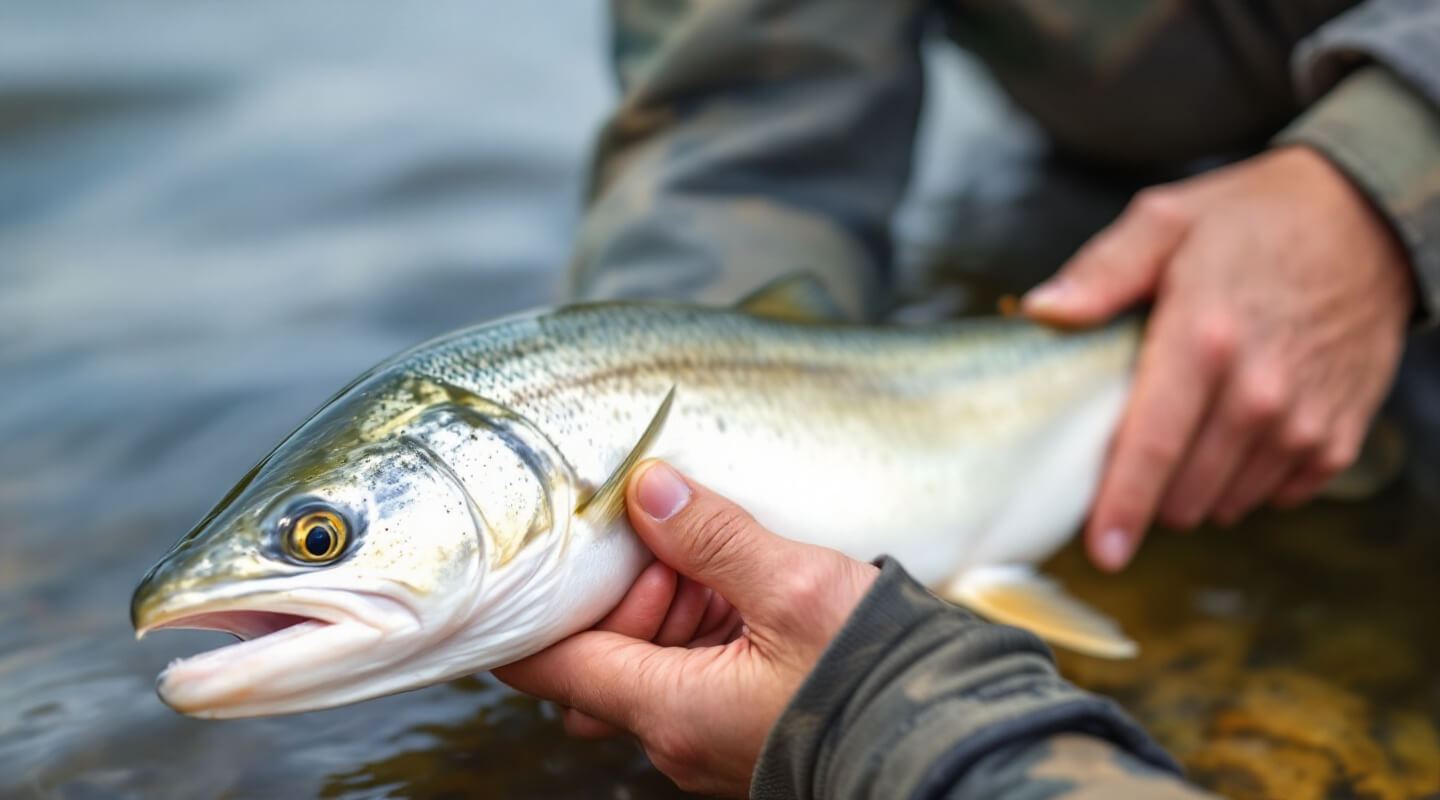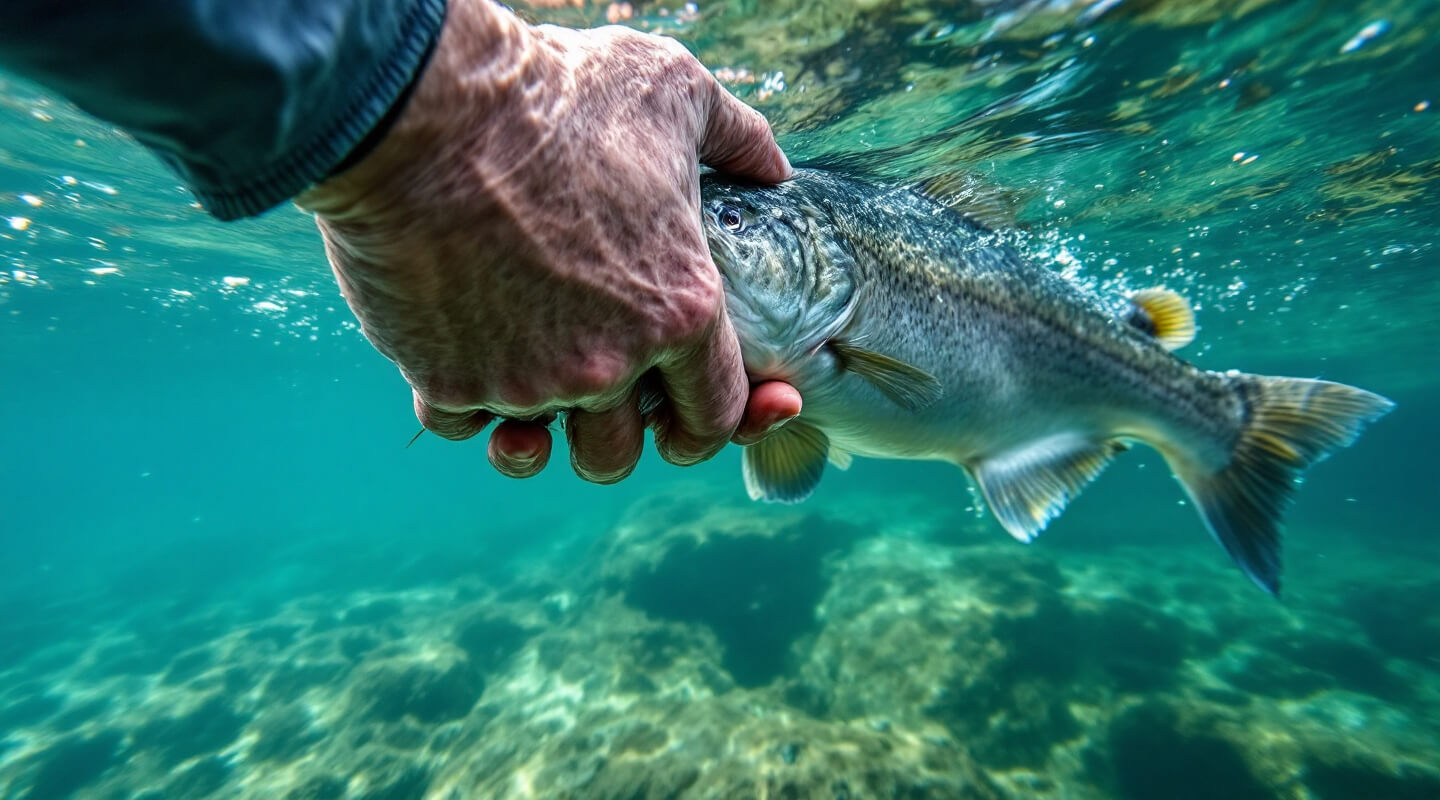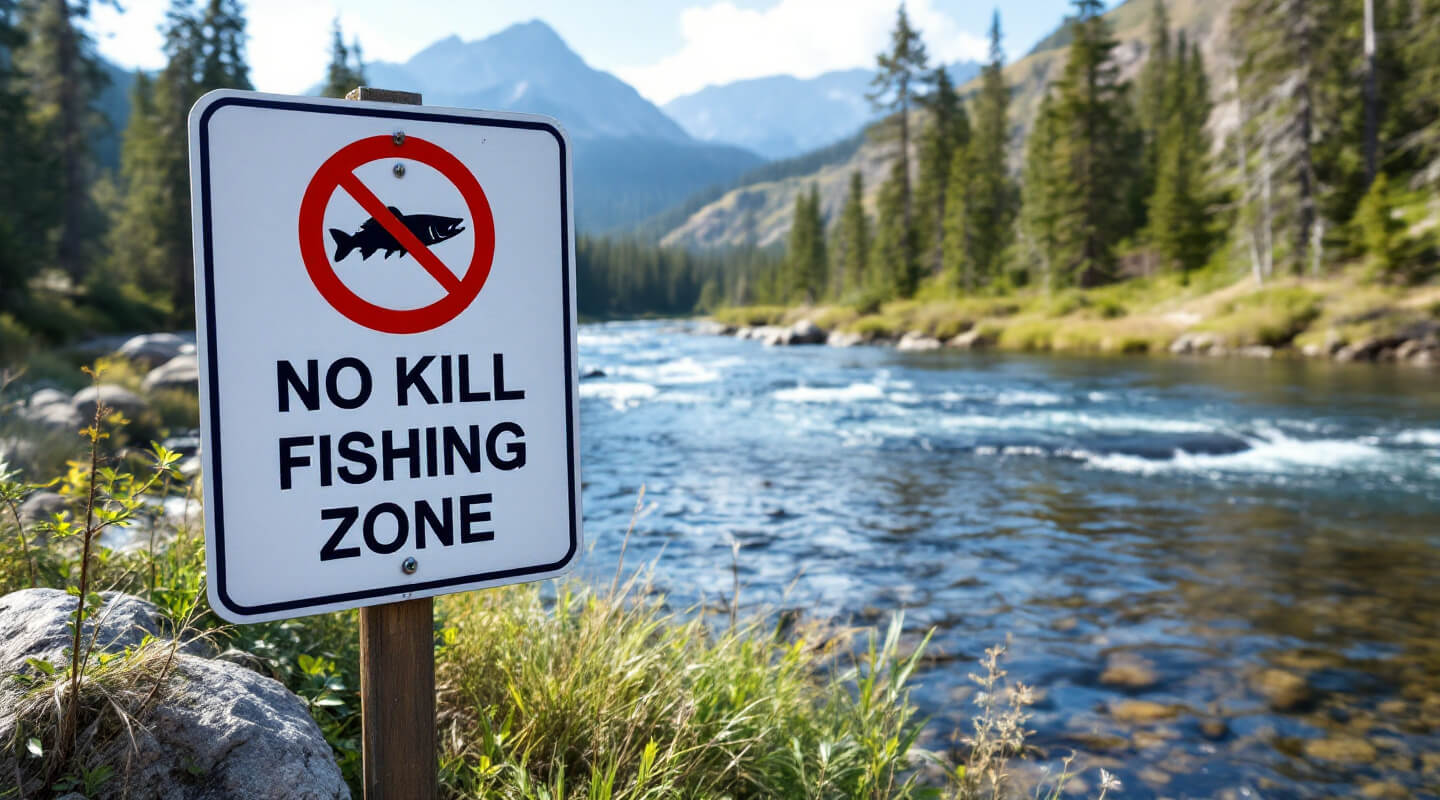Ethical Fishing Methods
True angling skill, at Nexiqs, results from respect—for the fish, the water, and future generations casting their lines on these same immaculate Canadian waterways.

Environmentally Friendly Fishing
In Canada, sustainable fishing is realizing our seas as living ecosystems needing careful management. Science-based rules that safeguard spawning seasons, preserve important ecosystems, and sustain healthy fish populations for next generations guide us.
Our method is keeping current with local fish population data, honoring seasonal closures, and realizing that every water body has different conservation needs. From Ontario's walleye slot limits to the tightly controlled lobster seasons of the Atlantic provinces, sustainable methods guarantee that every Canadian angler may keep taking advantage of world-class fishing prospects.
True sustainability also include helping habitat restoration initiatives, engaging in citizen science projects, and selecting fishing techniques that reduce environmental damage and so enhancing our relationship to the rhythms of nature.
Important environmental habits we advocate:
- Using sinkers devoid of lead and biodegradable fishing line
- Helping neighborhood waterway cleanup projects
- Catch reporting helps to support scientific research
- Following seasonal fishing quotas and size limits
- Using selected harvesting methods

Ethical Angling
Unlike obeying rules, ethical angling is a personal dedication to fairness, respect, and honesty on the lake. This entails avoiding congested locations, using suitable tackle for target species, and treating other fishermen politely and sensibly.
Because of its immaculate character and cultural value, Canadian waterways call particular ethical questions. We honor Indigenous fishing rights, use customary methods when fishing in culturally important sites, and understand that many waters have great spiritual value for First Nations people who have been their protectors for millennia.
Ethical angling also entails appropriate methods of handling fish, if at all possible, using barbless hooks, and making sure that every fishing decision takes long-term environmental health of our aquatic systems first. We fish consider tomorrow's possibilities as well as today's thrill.
Our ethical angling rules consist:
- Using suitable equipment for the scale of target species
- Cutting combat times helps to lower fish stress
- Honor private property and entry points
- Documenting illicit fishing operations
- Supporting regional conservation projects
- Sharing knowledge with inexperienced fisherman sensibly

Release After Catch
The best display of fishing ability is catch and release—effectively deceiving a fish while guaranteeing its survival and ongoing contribution to the ecology. When done right, appropriate release methods can produce survival rates of 95%.
Release strategies tailored to species help distinguish a fish that thrives from one that struggles in the varied waters of Canada. While warm-water species like bass gain from swift, confident handling and immediate release, cold-water species like lake trout need special attention because of temperature sensitivity.
To reduce fish stress, we advocate adopting circle hooks, barbless designs, and rubber or knotless mesh landing nets. When fish show symptoms of tiredness, revival tactics should be used; photography should be quick and keep them in water wherever possible. Every fish that is released symbolizes our determination to protect Canada's fishing legacy.
Typical catch and release techniques:
- Easier removal using barbless hooks
- Keeping fish in water throughout hook removal
- Supporting fish horizontally when handling
- Handling calls for damp hands or gloves
- Properly reviving fish before discharge
- Having easily available release tools
- Avoiding touching eyes or gills

Zero-Kill Fishing
Particularly trophy-class animals that have endured years of obstacles to achieve incredible size, no-kill fishing zones and voluntary no-kill practices protect our most precious fish populations. Usually reflecting the best genetic stock and reproductive capacity, these mature fish are.
Designed no-kill waters in Canada protect sensitive populations and provide world-class fishing opportunities. From British Columbia's steelhead rivers to Ontario's muskellunge sanctuaries, these places show how closely conservation and first-rate angling go.
Engaging in no-kill fishing teaches patience, skill development, and a great respect for fish as amazing wild animals instead of only targets. While ensuring that next anglers may have the same excitement of battling these amazing fish, the satisfaction of releasing a trophy fish generates memories well beyond the fleeting pleasure of harvest.
Advantages of no-kill fishing areas:
- Maintaining fish population genetic variety
- Preserving natural age structures
- Encouragement of sustainable sport fishing
- Protection of threatened species
- Establishing world-class fishing locations
- Ensuring future chances for angling
- Helping in scientific research
Our Community Commitment
Every Nexiqs member vows to represent ethical fishing methods. We teach newcomers, set an example, and keep honing our methods to reduce environmental damage and maximize our respect of Canada's amazing aquatic resources.